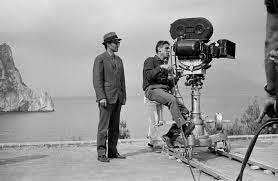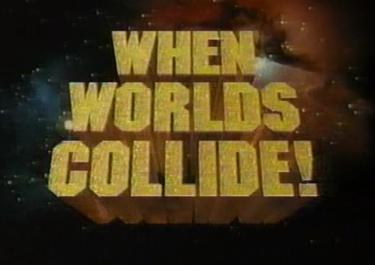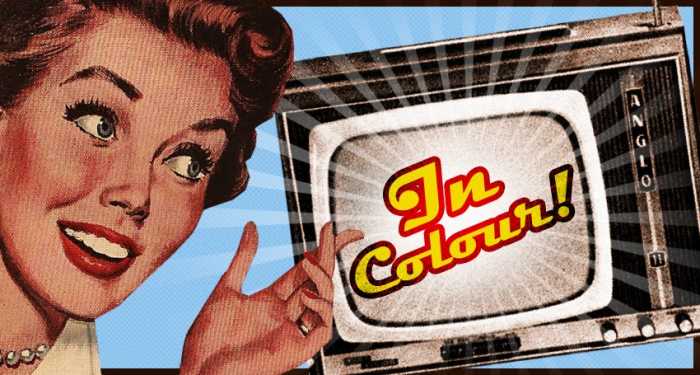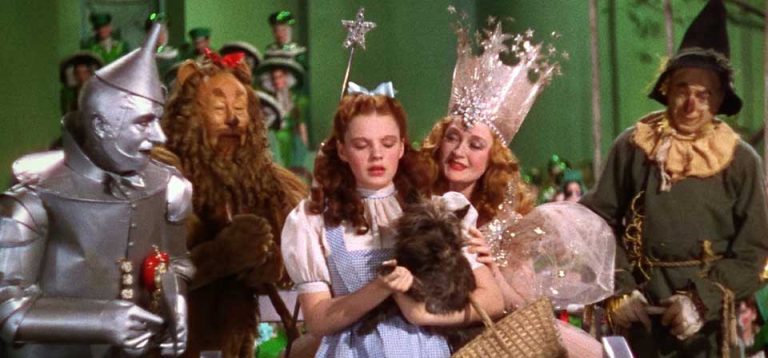The Colorization Conundrum: Reviving Classics or Ruining Artistic Legacies?

In the ever-persistent clash of cinematic titans, the debate over colorizing classic films continues to rage like a fiery inferno. On one side, you have the colorization crusaders, armed with the belief that adding vibrant hues to monochromatic masterpieces will breathe new life into antiquated works, captivating a modern audience with the allure of novelty. On the opposing front, the preservation purists stand tall, defending the sacred artistic integrity of these black-and-white treasures from the audacious assault of the digital paintbrush.
The colorization proponents pitch their case with the zeal of a revival preacher, claiming that dousing classics like “Casablanca” and “Gone with the Wind” in an explosion of color will awaken them from their sepia-toned slumber, making them more palatable for today’s Netflix-addicted, short-attention-span generation. They promise that the injection of color will magically bridge the yawning chasm between the past and the present, turning these antiquated relics into contemporary crowd-pleasers.
However, the preservation purists aren’t willing to hand over the keys to the kingdom without a bitter fight. They decry colorization as an egregious violation of cinematic heritage, akin to slapping a neon tattoo on the Mona Lisa. To them, these films were crafted with painstaking precision, their monochromatic hues intentionally chosen to evoke emotions, set moods, and create timeless visual symphonies. Colorization, they argue, is like sneaking into an art gallery at night and graffiti-ing over a Van Gogh with a can of spray paint.
Those in the colorization camp counter with tales of success, claiming that when approached with the tender touch of a surgeon, colorization can be a life-saving operation. They cite instances where lesser-known classics have emerged from the shadows and found new admirers after donning the technicolor cloak. Perhaps, they argue, it’s time to shake off the dusty remnants of the past and let these classics strut into the limelight with a fresh coat of paint.
The purists, however, are having none of it. They brandish their black-and-white banners high, standing as the guardians of cinema’s soul. To them, colorization is a slippery slope towards tampering with the artistic vision of the maestros who created these cinematic marvels. It’s like rewriting Shakespeare to appeal to the TikTok generation—sacrilege.
In the heart of this raging battle, the fate of classic films hangs in the balance. Should we embrace the audacious strokes of colorization, letting these monochromatic wonders bask in the modern spotlight? Or do we stand firm, protecting the sacred artistic vision of the filmmakers, preserving their works in all their original glory?
The decision is yours to make, but beware: tampering with the past can open Pandora’s box of controversy. For some, colorization might breathe new life into classics, while for others, it risks obliterating the very essence that makes these films immortal. As the clash rages on, remember this: in the realm of cinema, the line between revival and ruination is razor-thin, and once crossed, there’s no turning back.







